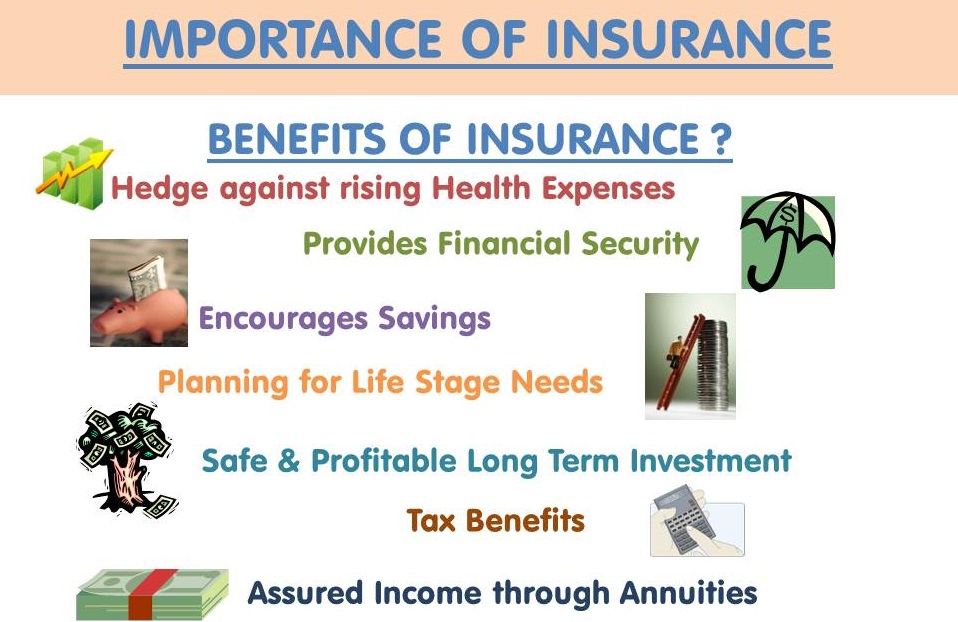Pacific Prime Fundamentals Explained
Pacific Prime Fundamentals Explained
Blog Article
An Unbiased View of Pacific Prime
Table of ContentsAn Unbiased View of Pacific PrimeEverything about Pacific PrimeThe Best Guide To Pacific PrimeAn Unbiased View of Pacific PrimeThe 15-Second Trick For Pacific Prime

This is due to the fact that the information were collected for a period of solid economic efficiency. Of the estimated 42 million people who were uninsured, all however concerning 420,000 (about 1 percent) were under 65 years old, the age at which most Americans end up being qualified for Medicare; 32 million were grownups between ages 18 and 65, about 19 percent of all adults in this age; and 10 million were children under 18 years of age, concerning 13.9 percent of all kids (Mills, 2000).
These price quotes of the variety of persons without insurance are generated from the annual March Supplement to the Existing Populace Study (CPS), conducted by the Census Bureau. Unless otherwise noted, national quotes of individuals without medical insurance and proportions of the population with different type of insurance coverage are based upon the CPS, one of the most widely used source of estimates of insurance coverage and uninsurance rates.
Not known Facts About Pacific Prime

Still, the CPS is specifically valuable since it creates annual price quotes fairly rapidly, reporting the previous year's insurance protection approximates each September, and since it is the basis for a regular set of quotes for greater than 20 years, enabling for analysis of trends in insurance coverage over time. For these reasons, along with the substantial usage of the CPS in various other research studies of insurance protection that exist in this record, we depend on CPS estimates, with constraints noted.

The quote of the number of without insurance individuals broadens when a populace's insurance policy status is tracked for a number of years. Over a three-year period beginning early in 1993, 72 million people, 29 percent of the united state population, were without insurance coverage for at the very least one month. Within a single year (1994 ), 53 million individuals experienced a minimum of a month without coverage (Bennefield, 1998a)
6 out of every ten without insurance grownups are themselves utilized. Although working does improve the probability that one and one's family participants will have insurance coverage, it is not a guarantee. Also members of family members with two permanent breadwinner have virtually a one-in-ten possibility of being without insurance (9.1 percent uninsured price) (Hoffman and Pohl, 2000).
The Pacific Prime Statements
New immigrants account for a significant proportion of people without wellness insurance. One evaluation has actually associated a substantial portion of the recent growth in the size of the U.S. uninsured population to immigrants that showed up in the nation between 1994 and 1998 (Camarota and Edwards, 2000). Recent immigrants (those who involved the United States within the previous four years) do have a high rate of being without insurance (46 percent), but they and their kids account for just 6 percent of those without insurance policy across the country (Holahan et al., 2001).
The relationship in between Our site health insurance and access to care is well established, as documented later in this phase. The relationship between health insurance and health results is neither direct nor basic, an extensive medical and health services research literature web links health insurance policy protection to better accessibility to care, far better top quality, and boosted individual and population health and wellness standing.
Degrees of analysis for examining the impacts of uninsurance. It focuses particularly on those without any kind of health and wellness insurance policy for any type of size of time.
Pacific Prime Things To Know Before You Get This
The troubles faced by the underinsured are in some areas similar to those faced by the without insurance, although they are normally less extreme. Health and wellness insurance policy, however, is neither essential nor sufficient to get access to clinical services. The independent and direct result of health and wellness insurance policy coverage on accessibility to health solutions is well established.
Others will certainly obtain the healthcare they need also without health and wellness insurance policy, by paying for it expense or seeking it from suppliers who offer treatment totally free or at very subsidized prices. For still others, health insurance coverage alone does not make sure receipt of treatment due to other nonfinancial obstacles, such as a lack of healthcare service providers in their area, limited access to transport, illiteracy, or etymological and cultural differences.
The Facts About Pacific Prime Uncovered
Official research study about without insurance populations in the United States dates to the late 1920s and very early 1930s when the Board on the Expense of Healthcare generated a collection of records about financing physician office gos to and hospitalizations. This problem ended up being prominent as the numbers of medically indigent climbed during the Great Anxiety.
Report this page